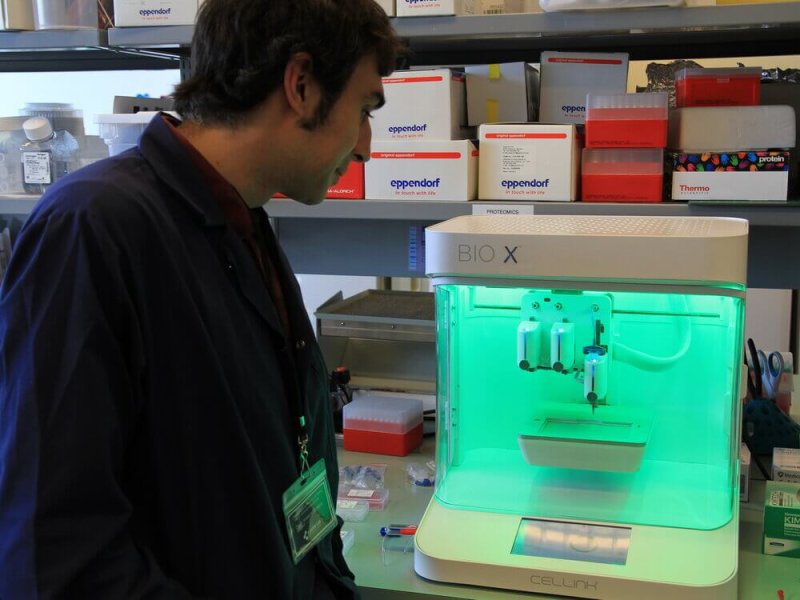Advancements in genetic technology are making it easier, faster, and less expensive for public health experts to understand how the new coronavirus spreads. Time is of the essence for the people on the frontlines of this viral outbreak as the virus has already sickened more than 40,000 people and killed 910.
Researchers got an early win in January. It only took two weeks after public health officials reported the virus to the World Health Organization (WHO) for scientists to isolate the virus and figure out the full sequence of its genetic material. As soon as that sequence was public, biotechnology companies started creating synthetic copies of the virus that could be used in research.
…
With genetic sequences and synthetic copies, experts were able to quickly develop diagnostic tests for the virus. [February 3], just over a month after the virus was reported, the Centers for Disease Control and Prevention (CDC) started shipping testing kits it developed to labs in the US and internationally. It was also able to start creating vaccines.
…
In our latest Verge Science video, we take a look at the genetic processes that made these developments possible and how they’re helping in the fight against the coronavirus epidemic.































